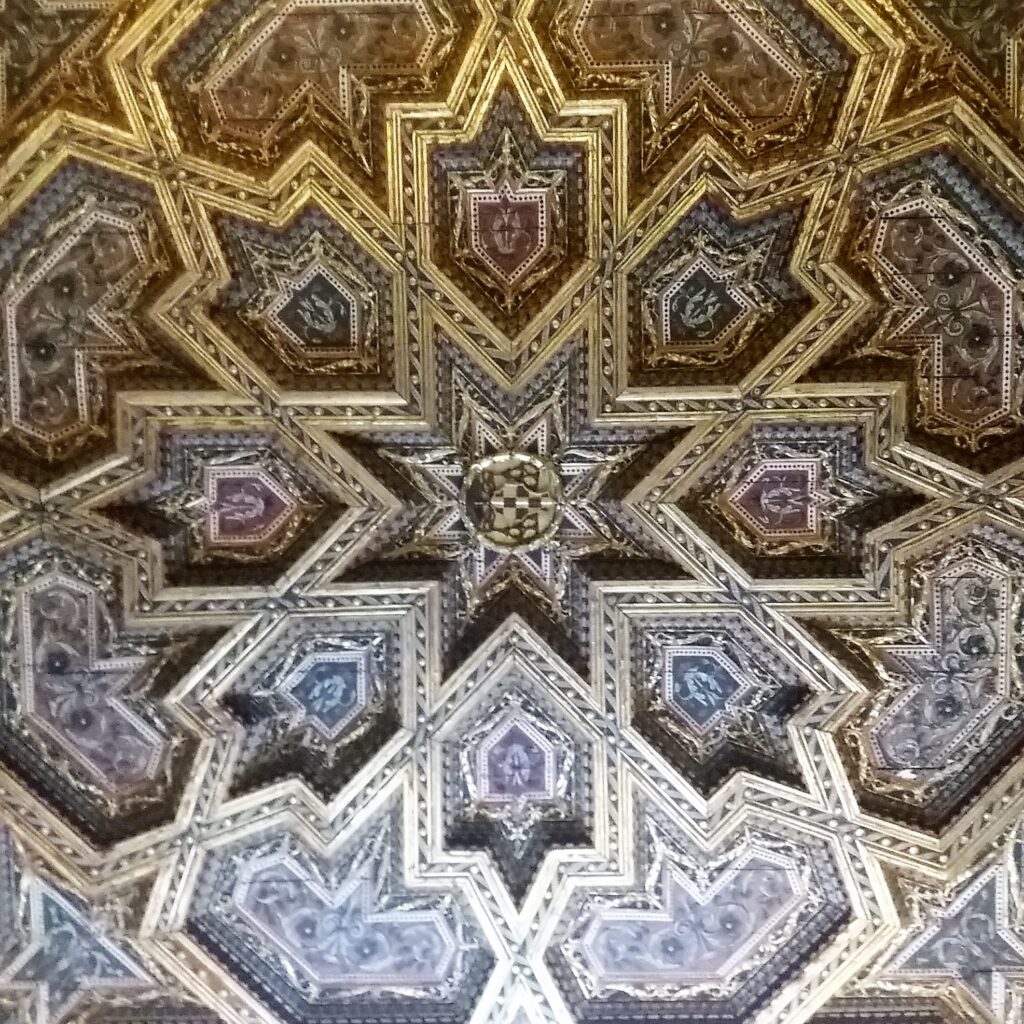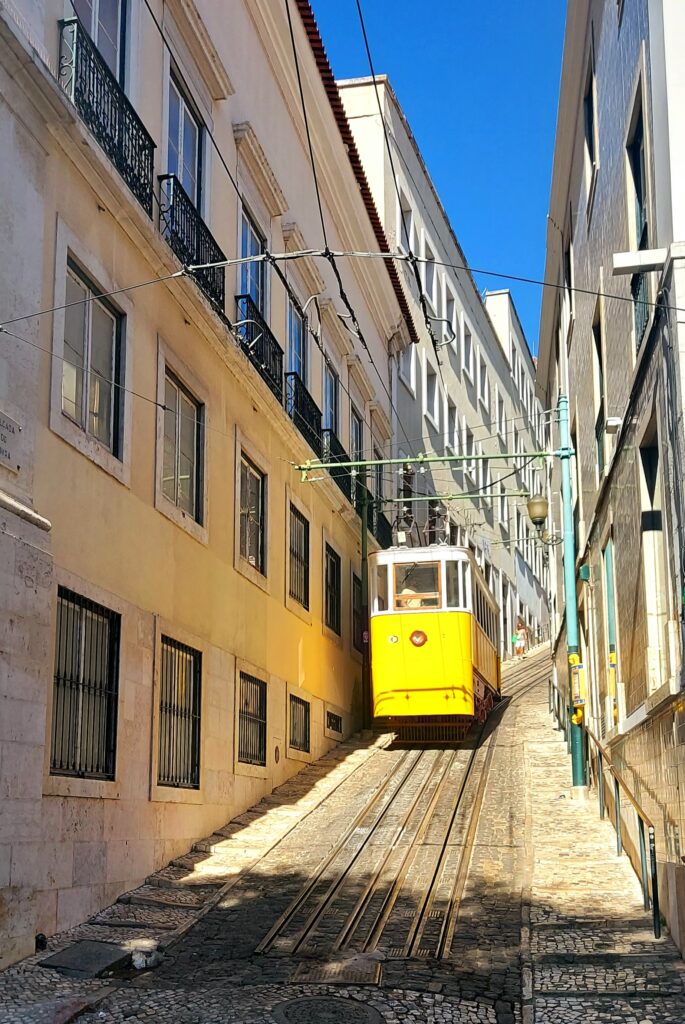Introduction
For all Camino afficionados, one thing we come across very often on our walks in Portugal and Spain – and that we probably take forgranted or do not fully realise its extent – is the influence that Arabs had on the everyday life of the Iberian peninsula. There are so many names of people and places which remained after the Arabs left, or that the Arabs took with them from “Andalusia” to North Africa or the Middle East.

Historical context
In all of this, I would also like to highlight the beauty of what I like to call, “the differences that unite us.” I specifically chose these days to pen this piece because we are during the Muslim Eid and Christian Easter period. The Camino, on the other hand, is to a great extent a product of the Reconquista. But, it is the “unifying” episodes of an otherwise tumultuous experience that enriches our heritage today. Why? Europe lost so much of its ancient cultural heritage during the dark ages following the fall of Roman Empire. Roman declined as an empire and withdrew from many territories including Spain in the 5th century. Arabs invaded the Iberian peninsula and parts of France as early as the 7th century. As they experienced their Golden Age of science, literature and the arts, the Arabs were also instrumental in preserving or saving from destruction what they inherited from earlier conquerors, including in translating from Latin to Arabic major literary sources of the time.

Moorish Architecture in Toledo
With the Reconquista, Spain did not obliterate the culture it inherited from the Arabs. King Alfonso X of Castille engaged Jewish, Arab and Christian scholars in his courts at Toledo to translate from Arabic to Latin and Castilian Spanish. Banishing, persecution or forced conversions of people of a different faith or ethnicity happened much later in history and, as always, was driven more by political expediency than by common sense. It is not crusades and jihads that enriched us but those episodes in history when humanity managed to work together and rub shoulders without friction.
So much of ancient civilization – through literary sources – survived until today because of the concerted efforts of three distinct and diverse cultures (Jewish, Muslim and Christian translators) working in unison!
Some towns and first names in Spain
What do Alfamma, Lisbon (Al Hammam in Arabic), Algarve (Arabic: Gharb or West of Andalus, Spain), Andalucia (Al Andalus from Al Fandalus, the vandals who were in Spain before the Arabs), Almeria (Madinat Al Mariyya: city of the watch tower), Cordoba (Qurtubah originally Punic then Arabised), Fatima (Arabic girls’ name), Grenada (Gharnatah: Hill of strangers), Jaen (originally Roman/Latin then Arabised), Sevilla (Hisbiliya: valley), Ronda (Latin Arunda, Arabic: Runda), and Alcazar Toledo (Toledo Ciradel) have in common? Arab etymology.

A tram close to Al Famma district, Lisbon
Some Arabs also still carry these names with them wherever they are. For example, Al-Marri (from Almeria), Al Balansi (from Valencia), Al Mursi (from Murcia), Al Andalusi (from Andalusia) and so on still exist in the Arab world.
The reverse is also true. There are several Spanish names that we come across that are derived from Arabic. For example, the Spanish family name Omeia is probably derived from Al Moayyed, Ramon from Rahman (Abdul Rahman), García from Gharib (a stranger or someone coming from the west), Jamila or Yamila (meaning beautiful). Sara (wife of Abraham) and Laila (nocturnal).
Oranges anyone?
The Arabic word for orange (the fruit) is Portugal. Why? Because Arabs first encountered oranges either in Portugal or when trading with Portuguese traders. Portuguese traders reached as far as the Kingdom of Bahrain in the Arabian Gulf and the Sultanate of Oman from where they probably obtained nautical knowledge that took them to India, Sri Lanka and further East in Asia.

Portuguese Watch Tower, Bahrain Fort
Conclusion? Our fabric
It’s interesting that we are the sum total of people that we meet and experiences that e go through. This is brought even closer to home when “joining the dots” of history.
An understanding of where we are coming from helps us comprehend where we are going.
Buen Camino!
James is a Camino afficionado and history buff whose over-riding passion is to “join the dots” of the sights, sound and scent around him with what came before; trying to make sense of the present from the past. Like Kipling, he believes that the questions, “Why? How? Who? Where? What? and When?” are the greatest teachers of all times! James is a founding member and president of XirCammini

